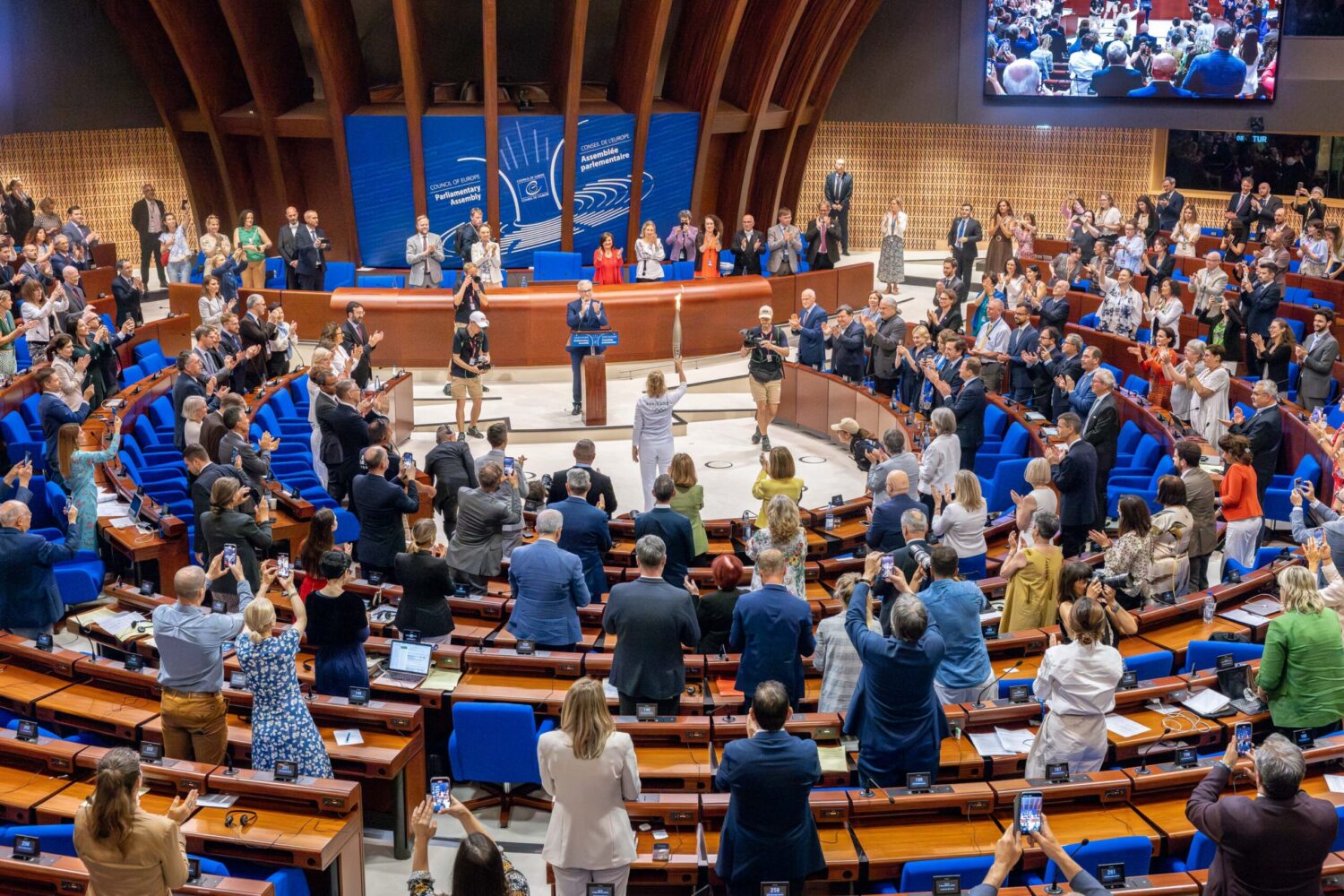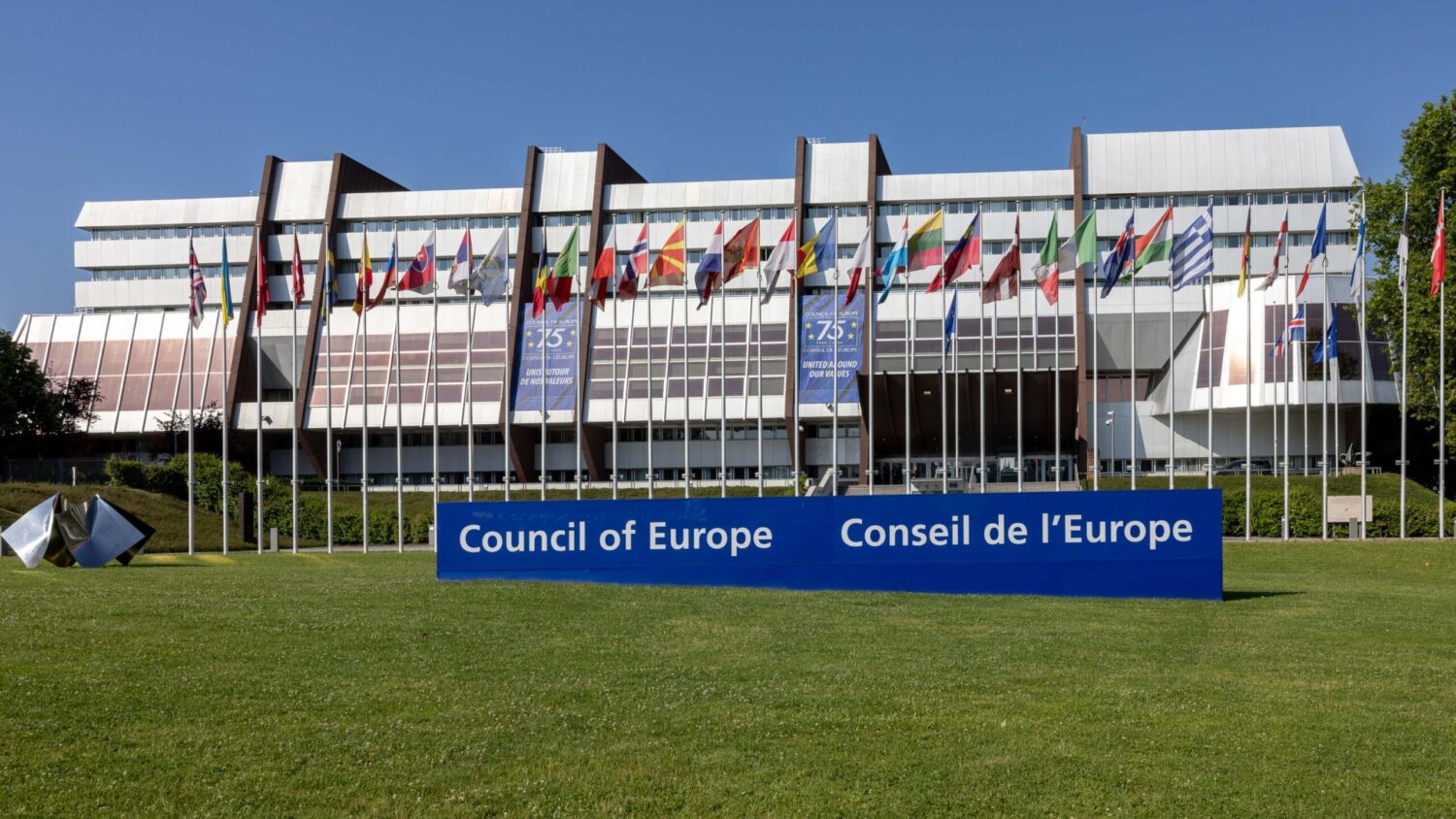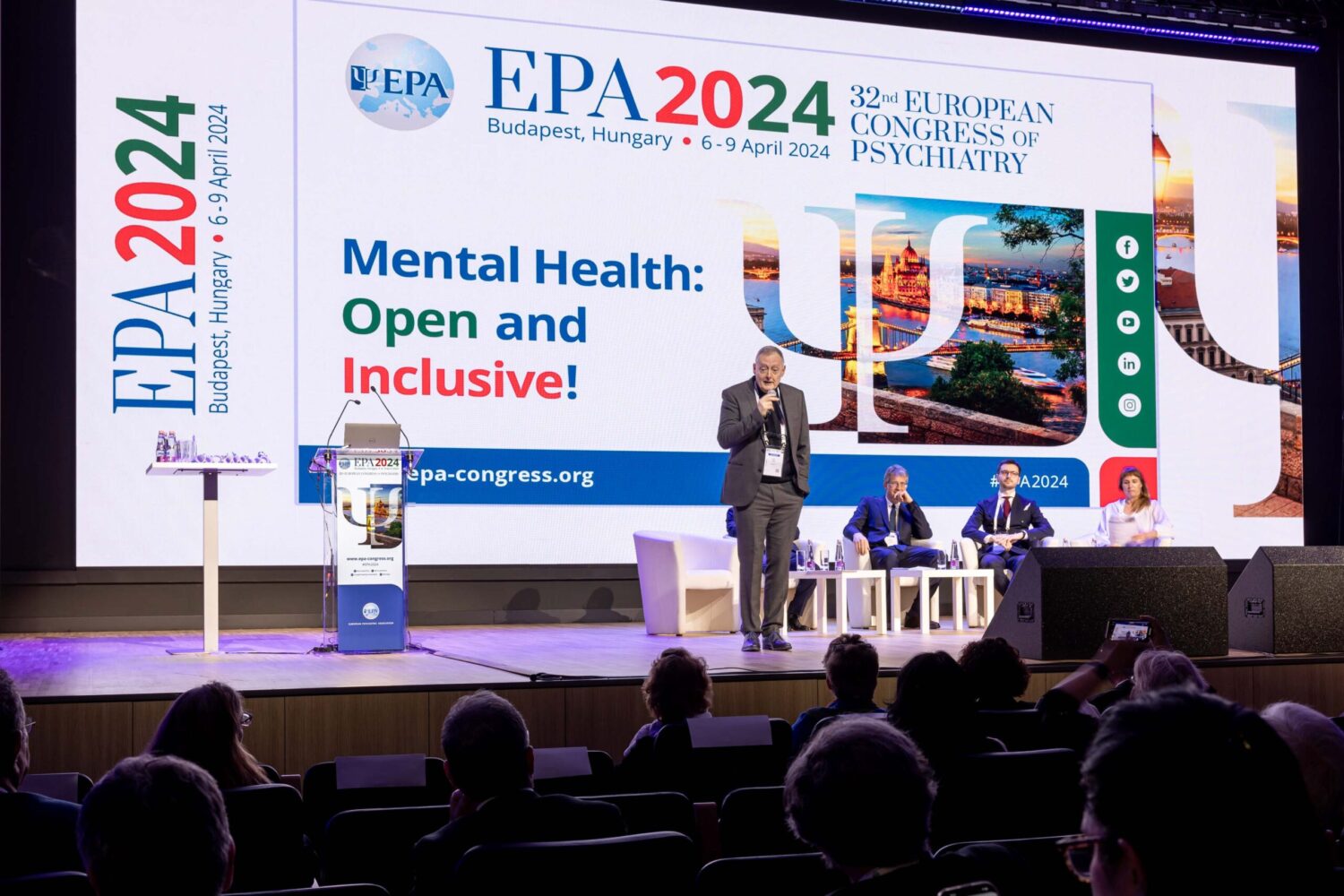The Council of Europe has come into a serious dilemma between two of its own conventions that contain texts based on outdated discriminatory policies from the first part of the 1900s and the modern human rights promoted by the United Nations. This is becoming ever clearer as a controversial text drafted by the Council of Europe’s Committee on Bioethics was to be final reviewed. It seems that Council of Europe Committees has been tied down by having to enforce Convention text that in effect perpetuate a Eugenics ghost in Europe.
The Steering Committee on Human Rights of the Council of Europe met on Thursday the 25th November to among others get informed of the work of its immediate subordinate body, the Committee on Bioethics. Specifically, the Committee on Bioethics in extension of the Council of Europe Convention on Human Rights and Biomedicine had drafted a possible new legal instrument regulating the protection of persons during the use of coercive measures in psychiatry. It was to get finalized at the Committee’s 2nd November meeting.
In the process of drafting this possible new legal instrument (technically it is a protocol to a convention), it has been subjected to continued criticism and protests from a wide range of parties. This includes from the United Nations Special procedures, the United Nations Human Rights Council, the Council of Europe’s own Commissioner on Human Rights, the Council’s Parliamentary Assembly and numerous organizations and experts defending the rights of persons with psychosocial disabilities.
Drafted text presented to the Steering Committee on Human Rights
The Secretary of the Committee on Bioethics, Ms Laurence Lwoff, this Thursday presented the Steering Committee on Human Rights with the decision by the Committee on Bioethics to not do a final discussion of the text and vote for its need and compliance with international human rights. Officially it was explained as a change of the vote. Instead of taking a final position on the approval or adoption of the drafted Protocol, it was decided that the Committee should vote on whether or not it should send the drafted text to the Council’s decision-making body, the Committee of Ministers, “with a view to a decision.” This was noted by the Steering Committee on Human Rights.
The Committee on Bioethics had approved this with a majority vote during its meeting on the 2nd November. It was not without some comments. The Finnish member of the Committee, Ms Mia Spolander voted in favour of the transferring of the drafted protocol, but pointed out, that “This is not a vote on the adoption of the text of the draft additional protocol. This delegation voted in favour of the transfer, because we see that in the current circumstances, this committee cannot move forward without further guidance from the Committee of Ministers.”
She added that while one need necessary legal safeguards for the persons subjected to involuntary placement and involuntary treatment in mental healthcare services one “cannot disregard the extensive criticism this draft has been subjected to.” The committee’s members from Switzerland, Denmark and Belgium made similar statements.
The Chair of the Committee on Bioethics, Dr. Ritva Halila told The European Times that “The Finnish delegation expressed its views also taking into account different views sent to the Government by different parties. There are of course diversities in views and opinions, as in all difficult issues that have to be solved in the development of national legislation.”
Criticism of drafted text
Much of the criticism of the drafted possible new legal instrument of the Council of Europe refer to the paradigm shift in viewpoint and the need for its implementation that took place with the adoption in 2006 of the International Human Rights treaty: the Convention on the Rights of Persons with Disabilities. The Convention celebrates human diversity and human dignity. Its main message is that persons with disabilities are entitled to the full spectrum of human rights and fundamental freedoms without discrimination.
The main concept behind the Convention is a move away from a charity or a medical approach to disability to a human rights approach. The Convention promotes the full participation of persons with disabilities in all spheres of life. It challenges customs and behaviour based on stereotypes, prejudices, harmful practices and stigma relating to persons with disabilities.
Dr. Ritva Halila told The European Times that she insists that the drafted new legal instrument (protocol) is not at all in conflict with the UN Convention of the Rights of Persons with Disabilities (UN CRPD).
Dr. Halila explained, that “Disease is a state, acute or chronic, that is based on the change of the body, and could be either cured or at least alleviated. Disability is often a stable condition of a person that usually is not needed to be cured. Some psychiatric diseases can cause mental or psychosocial disability, but most persons with disabilities do not fall in the category of this protocol.”
She added that “The scope of the UN CRPD is very wide. It is not based on medical diagnosis but often stable inabilities and need for support in order to be able to lead as normal a life as possible. These expressions mix but they are not the same. Also the CRPD may cover persons with chronic psychiatric disorders that may also cause – or can be based on – disability, but not all psychiatric patients are disabled persons.”
The old vs new concept of disability
This concept of disability that it is a condition that is inherent in the person, however is exactly what the UN CRPD aims at handling. The false idea that the person to be considered able to provide for him or herself, has to be “cured” of the impairment or at least the impairment has to be reduced as much as possible. In that older viewpoint environmental conditions are not considered and disability is an individual problem. Persons with disabilities are sick and have to be fixed to reach normality.
The human rights approach to disability adopted by the United Nations is acknowledging persons with disabilities as subjects of rights and the State and others as having responsibilities to respect these persons. This approach puts the person at the centre, not his/her impairment, recognizing the values and rights of persons with disabilities as part of society. It looks on the barriers in society as discriminatory and provides ways for persons with disabilities to complain when they are faced with such barriers. This rights-based approach to disability is not driven by compassion, but by dignity and freedom.
Through this historic paradigm shift, the UN CRPD forges new ground and requires new thinking. Its implementation demands innovative solutions and leaving the past viewpoints behind.
Dr. Ritva Halila specified to The European Times that she read the article 14 of the UN CRPD during the last years several times in connection with the preparation of the Protocol. And that “In the Article 14 of the CRPD I emphasize the reference to law in restrictions of personal liberty, and guarantees to protect the rights of persons with disabilities.”
Dr. Halila did note that “I fully agree with the content of this article, and think and interpret that there is not a disagreement with the drafted Protocol of the Committee on Bioethics, even if the UN Committee of persons with disabilities have interpreted this article in another way. I have discussed this with several people, Human Rights lawyers and persons with disabilities included, and as far as I understand, they have agreed this with them [the UN CRPR Committee].”
The UN Committee on the Rights of persons with Disabilities as part of the public hearing in 2015 issued a unmistakable statement to the Council of Europe Committee on Bioethics that “involuntary placement or institutionalization of all persons with disabilities, and particularly of persons with intellectual or psychosocial disabilities, including persons with ‘mental disorders’, is outlawed in international law by virtue of article 14 of the Convention, and constitutes arbitrary and discriminatory deprivation of liberty of persons with disabilities as it is carried out on the basis of actual or perceived impairment.”
The UN Committee further pointed out to the Committee on Bioethics that States parties must “abolish policies, legislative and administrative provisions that allow or perpetrate forced treatment, as it is an ongoing violation found in mental health laws across the globe, despite empirical evidence indicating its lack of effectiveness and the views of people using mental health systems who have experienced deep pain and trauma as a result of forced treatment.”
The outdated convention texts
The Committee on Bioethics of the Council of Europe however continued the drafting process of the new possible legal instrument with reference to a text the Committee itself had formulated in 2011 entitled: “Statement on the United Nations Convention on the Rights of Persons with Disabilities”. The statement in its key point appears to concern the UN CRPD however in reality only considers the Committee’s own Convention, the Convention on Human Rights and Biomedicine, and its reference work – the European Convention on Human Rights.
The Convention on Human Rights and Biomedicine, Article 7 describes protective conditions needs to be in place if a person who has a mental disorder of a serious nature is subjected to coercive measures in psychiatry. The article is a consequence and attempt to limit the harm that may be caused if the European Convention on Human Rights’ Article 5 is carried out in its literal sense.
The European Convention on Human Rights drafted in 1949 and 1950 authorize the deprivation of “persons of unsound mind” indefinitely for no other reason than that these persons are having a psychosocial disability. The text was formulated by representative of the United Kingdom, Denmark and Sweden, led by the British to authorize Eugenics caused legislation and practices that was in place in these countries at the time of the formulation of the Convention.
“In the same manner as the Convention on Human Rights and Biomedicine, it must be acknowledged that the European Convention on Human Rights (ECHR) is an instrument which dates from 1950 and the text of the ECHR reflects a neglect and outdated approach concerning the rights of persons with disabilities.”
Ms Catalina Devandas-Aguilar, UN Special Rapporteur on the rights of persons with disabilities
“When there are efforts worldwide to reform mental health policy, it comes to our surprise that the Council of Europe, a major regional human rights organization, is planning to adopt a treaty that would be a setback to reverse all positive developments in Europe and spread a chilling effect elsewhere in the world.”
United Nations experts, in a statement of 28 May 2021 to the Council of Europe. Signed by among others the Special Rapporteur on rights to the highest attainable state of physical and mental health, the Special Rapporteur on the Rights of persons with disability and the UN CRPD Committee












